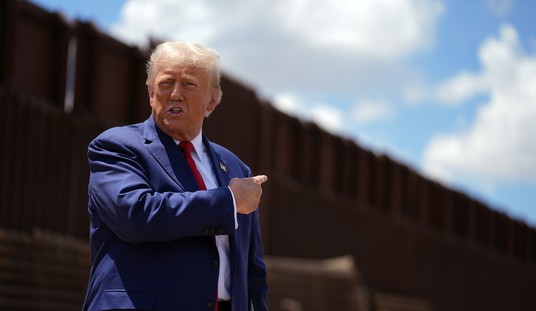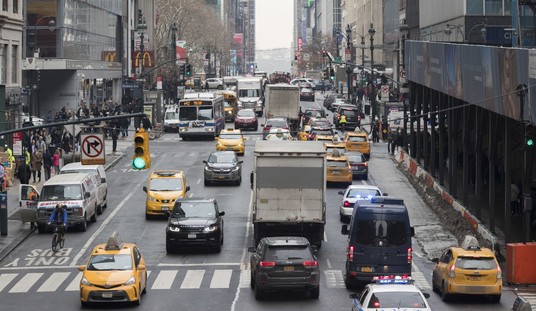Back in February, I wrote about “Shotspotter” technology, and how some cities have been using drones and audio sensors to detect gunfire and respond to it quickly. One city considering the possibility was Baltimore, Maryland. After plenty of debate and delays, it’s finally been put into effect in a limited area and the early results are encouraging to say the least. (Baltimore Sun)
Gunshots broke out shortly after 6 p.m. Thursday, and within moments Baltimore police officers nearby received an alert on their cellphones.
The message told them gunfire was detected at 6:08 p.m. on Eutaw Place in Bolton Hill. A map of the location appeared on their phones. Officers arrived within seconds.
Those shots were the first recorded by Baltimore’s new gunshot detection system, a series of audio sensors on streetlights and rooftops listening to five square miles of West Baltimore. On Friday, police announced that the long-awaited ShotSpotter network had recorded four incidents of gunfire during its first night on the job.
“It’s going to aid us significantly in the crime fight,” interim Baltimore Police Commissioner Gary Tuggle said.
Before we get too carried away, we should acknowledge that this isn’t going to be some overnight panacea which puts an end to gang gun violence before the 4th of July. The police responding to the first Shotspotter reports indicated that they found no victims from those four incidents. But they did find fresh shell casings from gunfire, so they were picking up real incidents each time and not responding to fireworks or a car backfiring. Those sorts of misidentifications can still happen with this technology and in the early test trials, it happened a lot. But clearly, the system is improving in accuracy.
Other cities already using the system have identified another significant reason to use Shotspotter in conjunction with normal law enforcement routines. Cincinnati police have been using it since last August and they identified another disturbing trend in urban law enforcement. They reported that most gunshots go unreported and nearby residents called 911 in only one in six incidents. With this audio technology in place, they learned that too many locals are not calling 911 when they hear gunfire, meaning that there is probably more gun violence taking place than they knew and their chances of responding in a timely fashion were greatly decreased.
Why don’t people report it? Perhaps it’s fear of inviting the wrath of the gangs. (Snitches get stitches.) Or perhaps there’s an ingrained culture in some neighborhoods leading them to just not want the cops to come swooping in. No matter the reason, having some “ears in the sky” to report gunfire instantly offers the chance to make up for lost data and opportunities.
As we’ve seen far too often in Charm City, Shotspotter was opposed by some legislators, mostly from Baltimore County. Their claims that the placement of the technology in primarily minority neighborhoods was racist ring rather hollow when you consider where the majority of the gun crimes take place. And if the Baltimore PD can begin responding in minutes to gunfire anywhere in the city and not risk missing attacks where nobody calls the cops, they really might finally start bringing those homicide numbers down.
Hats off to Mayor Pugh and the Baltimore PD for taking a chance on this pilot program and trying to put some additional teeth into their law enforcement work. The city deserves your best efforts to get these problems under control and this is clearly worth a try.








Join the conversation as a VIP Member